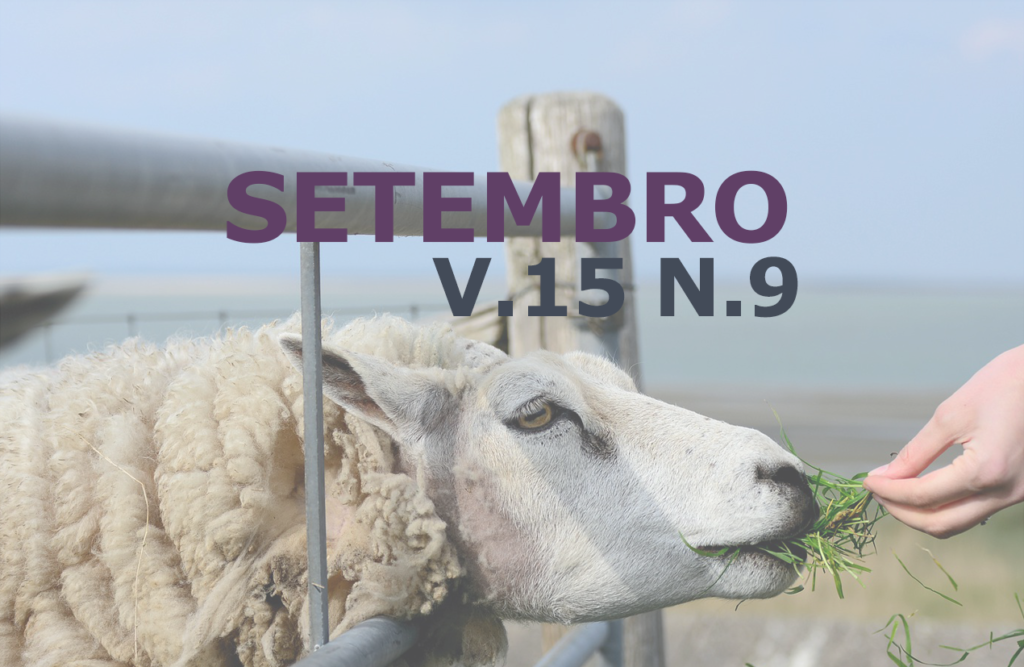Assessment of dental alterations in crossbred cattle at the age of slaughter
DOI:
https://doi.org/10.31533/pubvet.v15n09a907.1-7Keywords:
Anatomotopathology, bovinoculture, dental morphologyAbstract
Brazilian cattle raising stands out as the largest exporter of beef in the world due to the large number of herds raised on pasture, the most economical and practical way of offering food to animals. However, there are many pastures with low nutritional value. Solid foods pass through an interdependent process during the digestion, starting at chewing where they are broken by the teeth to facilitate the process. If there is any dental deficiency, the animal may have problems with digestibility and subsequently cause a burden on the organism. Due to the absence of studies that emphasize the quality of the teeth of these animals, it is necessary to evaluate the dental alterations of the cattle to intercept the incurable diseases that reduce the production, in addition to the possibility of animals’ death. 72 bovine mandibles were used to assess dental alterations. After this process, the specimens were subjected to maceration and clarification with sodium hypochlorite for the preparation of anatomical pieces. In addition, a questionnaire on the oral health of cattle was also prepared and applied to understand the main oral pathologies of cattle in the North and Northwest Fluminense regions. As the experiment used mandibles acquired after slaughter, it was possible to identify the possible mandibular anomalies that affect the cattle. The main alterations found were: increased diastema (20%), fractures (18%); irregular wear (15%) and tooth absence (11%). Of the 27 interviewed owners, 15 reported oral problems in the cattle, 11 of which confirmed tooth loss. In addition, all owners assumed that the animals' oral health was never assessed by a veterinarian. Through this methodology, it was possible to emphasize the need for analysis and dissemination of research related to bovine dentistry in order to avoid damage to the general health of these animals, which may result in decreased production.
Downloads
Published
Issue
Section
License
Copyright (c) 2021 Bárbara Ribeiro Duarte, Ana Bárbara Freitas Rodrigues Godinho, Ítalo dos Santos Coutinho, Gustavo Silva de Souza, Rafael dos Santos Costa, Paula Alessandra Di’Filippo, Adriana Jardim de Almeida

This work is licensed under a Creative Commons Attribution 4.0 International License.
Você tem o direito de:
Compartilhar — copiar e redistribuir o material em qualquer suporte ou formato
Adaptar — remixar, transformar, e criar a partir do material para qualquer fim, mesmo que comercial.
O licenciante não pode revogar estes direitos desde que você respeite os termos da licença. De acordo com os termos seguintes:
Atribuição
— Você deve dar o crédito apropriado, prover um link para a licença e indicar se mudanças foram feitas. Você deve fazê-lo em qualquer circunstância razoável, mas de nenhuma maneira que sugira que o licenciante apoia você ou o seu uso. Sem restrições adicionais
— Você não pode aplicar termos jurídicos ou medidas de caráter tecnológico que restrinjam legalmente outros de fazerem algo que a licença permita.





